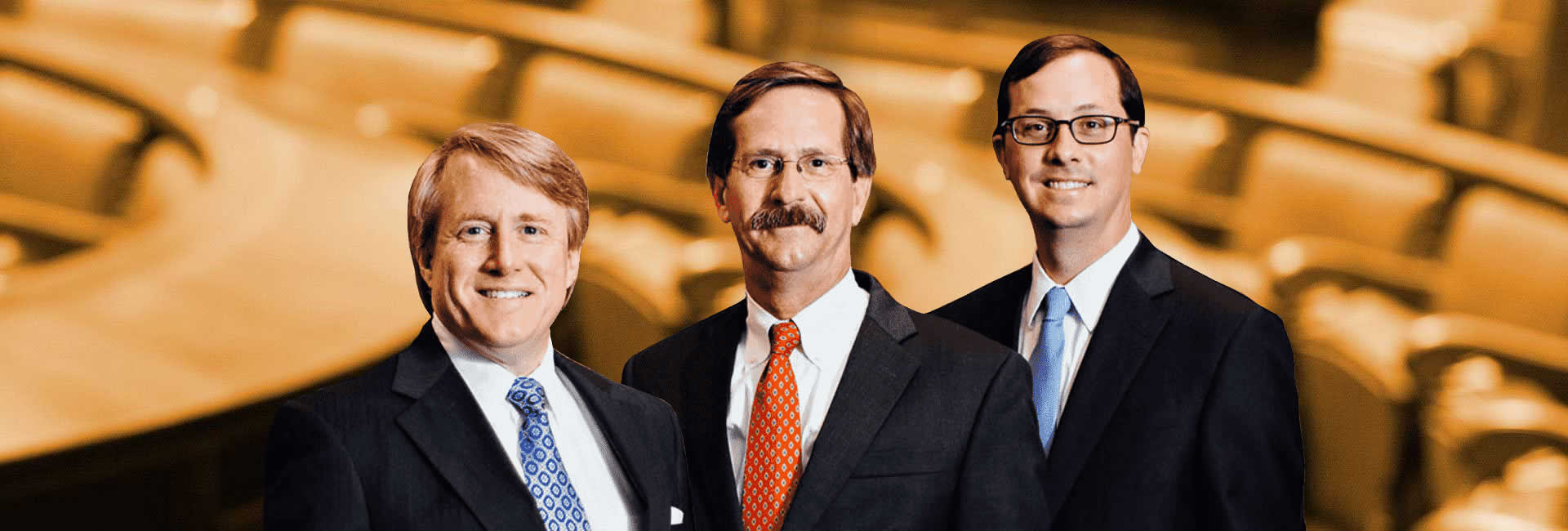Texas City Honors Victims of Deadliest Industrial Accident
The deadliest industrial accident in U.S. history happened in Texas City, Texas, 70 years ago this weekend. A giant fertilizer explosion occurred April 16, 1947, aboard a vessel docked at the Texas City port, killing 581 people and injuring 3,500 more. Property damage was estimated to be $100 million, or $1.07 billion in today’s dollars.
The anniversary was commemorated Wednesday in a Texas City ceremony, albeit a few days early due to the Easter holiday. The city honored its firefighters who were among the nearly 600 people killed. Texas City Fire Chief David Zacheri read the names of each of the 28 firefighters who perished in the accident, after which a fire bell rang out for each victim. Only one member of the city’s fire department survived the accident.
That fateful day began with an early-morning fire aboard the French-registered S.S. Grandcamp, docked in the Port of Texas City, which produced dense smoke that could be seen all over town and perhaps even contributed to the number of people gathered nearby to watch the fire. At 9:12 a.m. the 2,200 tons of ammonia nitrate onboard the vessel detonated in an explosion so powerful it shattered windows 40 miles away in Houston and could be felt by people in Louisiana 250 miles away.
The blast flattened nearby buildings and businesses and destroyed or seriously damaged countless others. A Monsanto plant only 300 feet away was completely flattened by the blast, killing 234 of the 574 workers there. The initial blast ignited a chain reaction of additional blasts and fires on other ships and nearby oil storage facilities, and the fires burned for days.
The disaster also triggered the first-ever class-action lawsuit against the U.S. government, on the heels of the recently enacted Federal Tort Claim Act, which allowed the suit on behalf of 8,485 victims. The case was long disputed, eventually making its way to the U.S. Supreme Court, and was resolved when Congress granted compensation to 1,394 victims.
Like many large-scale industrial accidents, safety improved in the aftermath as companies moved to mitigate risks and improve safety practices based on findings of the investigation. Monsanto and other energy companies affected developed technology to better control chemical processes and standards to build safer facilities.
The lawyers at Stevenson & Murray have long experience advocating on behalf of workers injured in industrial disasters, including explosions, commercial fires, and other refinery and petrochemical incidents. Call us today to discuss your case in a no-obligation consultation.

Get Help Today
Request a Free Consultation
"*" indicates required fields


